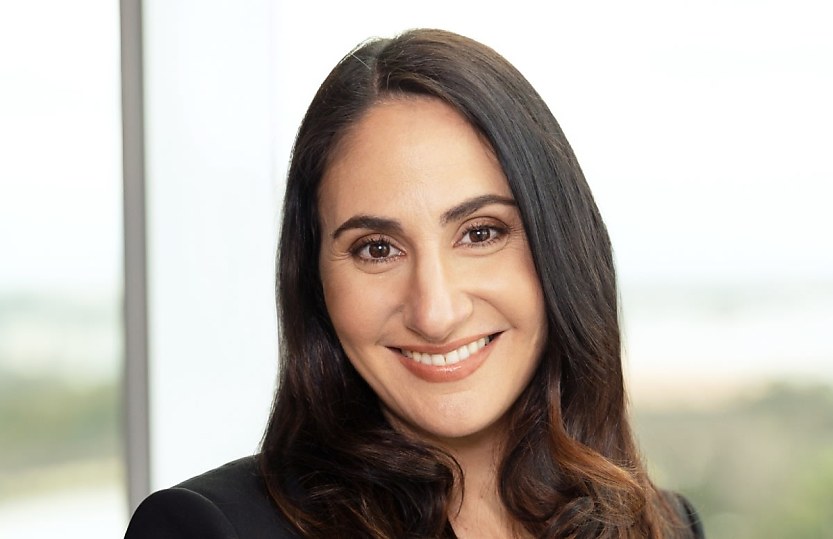Tax debts ‘at double pre-pandemic levels, $1m common’

More businesses have tax liabilities and interest charges mount up quickly, specialist ATO negotiator Olga Koskie says.
Tax debts have doubled compared to before the pandemic and liabilities of $1 million are common, says tax debt specialist Olga Koskie.
The director and principal of Tax Assure, which helps companies and individuals negotiate their liabilities with the ATO, said the firm was seeing many more clients as the Tax Office took a tougher line over billions in collectable debt.
“We have hospitality, we have labour hire, we have construction, we have building – every industry, and more and more industries, and more and more businesses especially post COVID have got larger tax debt than we’ve seen before,” she said on the latest Accountants Daily podcast.
“However if you smash your knee, you need a specialist. And you need a specialist to just look after your knee, rebuild your knee so you can get on with running your marathon.
“So that’s where we come in. We come in as a specialist, we work in conjunction with the accountant but only in relation to the debt piece. No compliance, no lodgements, no general tax advice – just assisting clients to get into an affordable payment plan.”
She said, typically, one of the main goals was trying to reduce interest charges on a debt because they quickly mounted up.
“Once we’ve got them into a plan, we also look at getting rid of the general interest charges.
“When you’re late paying your tax, the ATO charge you interest. At the moment, it sits at about 10.5 per cent compounded daily. So that interest can be huge –sometimes it’s over half the debt.”
“We draft very specialised, detailed applications to get rid of that interest. So we’re reducing the debt by getting rid of that component and getting the client into an arrangement that’s bespoke, exactly for them.”
Clients arrived at Tax Assure with a wide range of situations, from an inability to meet the next BAS payment to non-compliance for a decade.
One key component in negotiations was a client’s record.
“Often we get work from accountants when they’ve tried to get a client into a payment arrangement and they haven’t been able to succeed – the ATO’s attitude has changed, their parameters have changed,” she said.
“We’re at the coalface so we see those changing attitudes and parameters, whereas an accountant might not see them as quickly.”
“Each time an application has a formal refusal, it can change how that client is considered within the ATO. That can affect a client’s compliance. So ideally, we would not like too many rejected applications because it can affect how compliant or non-compliant a client looks within the ATO, which can make it harder to get them in an arrangement.”
She said a key feature of any arrangement was a client’s ability to meet payments reliably.
“There’s no point in putting a client into an unrealistic payment arrangement that they can’t afford. We’re about saving businesses, we’re about the viability of a business and it being a sustainable arrangement.”
One example involved a woman who did the books for her husband, who worked in the mines as a diesel mechanic.
“They had an $80,000 debt and they had received a nasty letter from the ATO and she was completely freaked out … she’d got a bit behind in the books and a whole heap of things had happened in their life.”
“She went on to the ATO portal and just kept putting figures in until the ATO system said yes.
“So she ended up with a payment arrangement that she was paying $8,000 a fortnight on an $80,000 debt. So anyone can get an arrangement but to me, the question is, is that an affordable and sustainable arrangement that helps the client?”
“We renegotiated.”
“In many instances, we come in where people have agreed to arrangements they just can’t pay, and we renegotiate them into a much more sustainable arrangement.”
About the author







